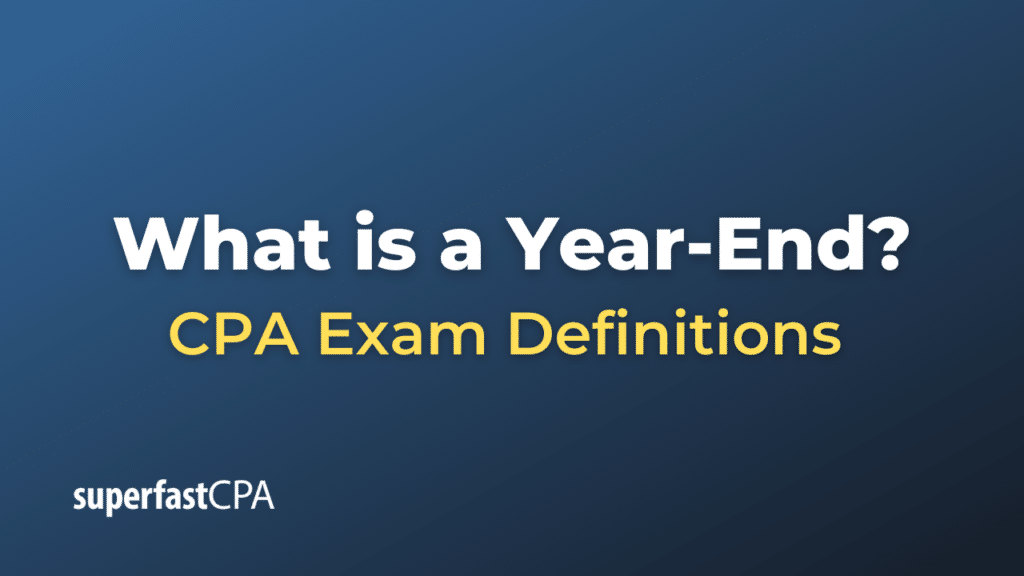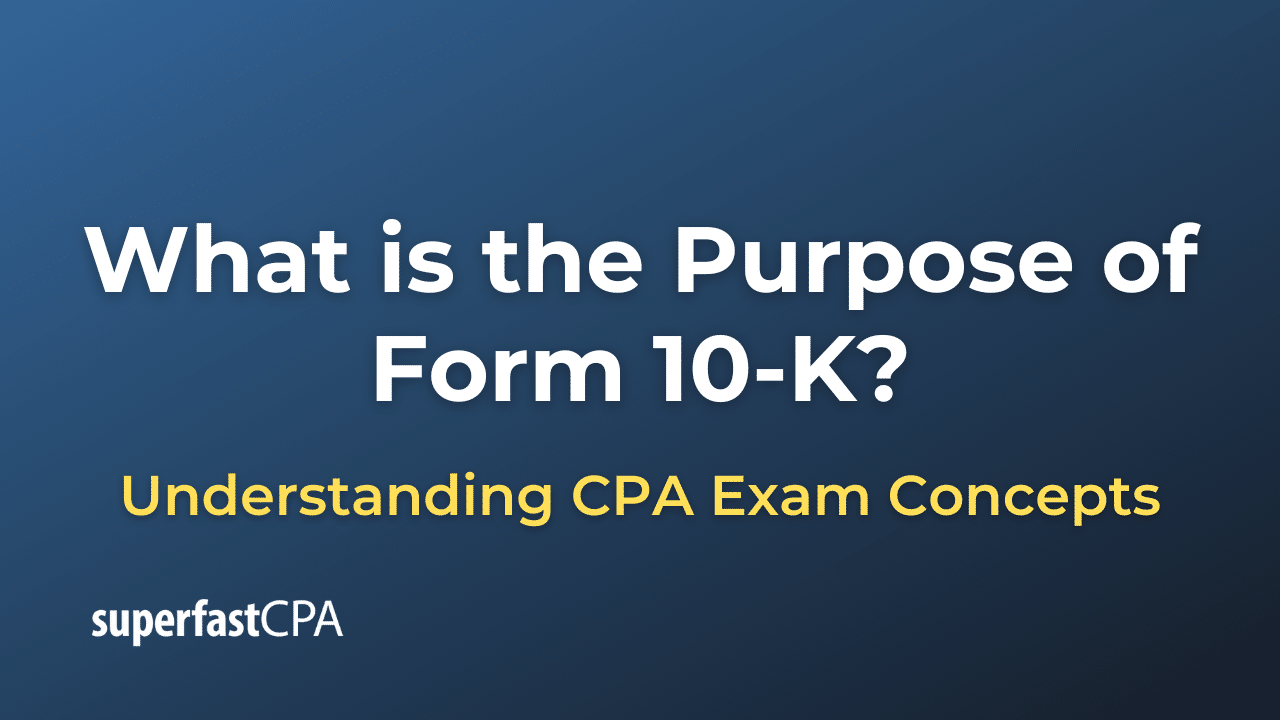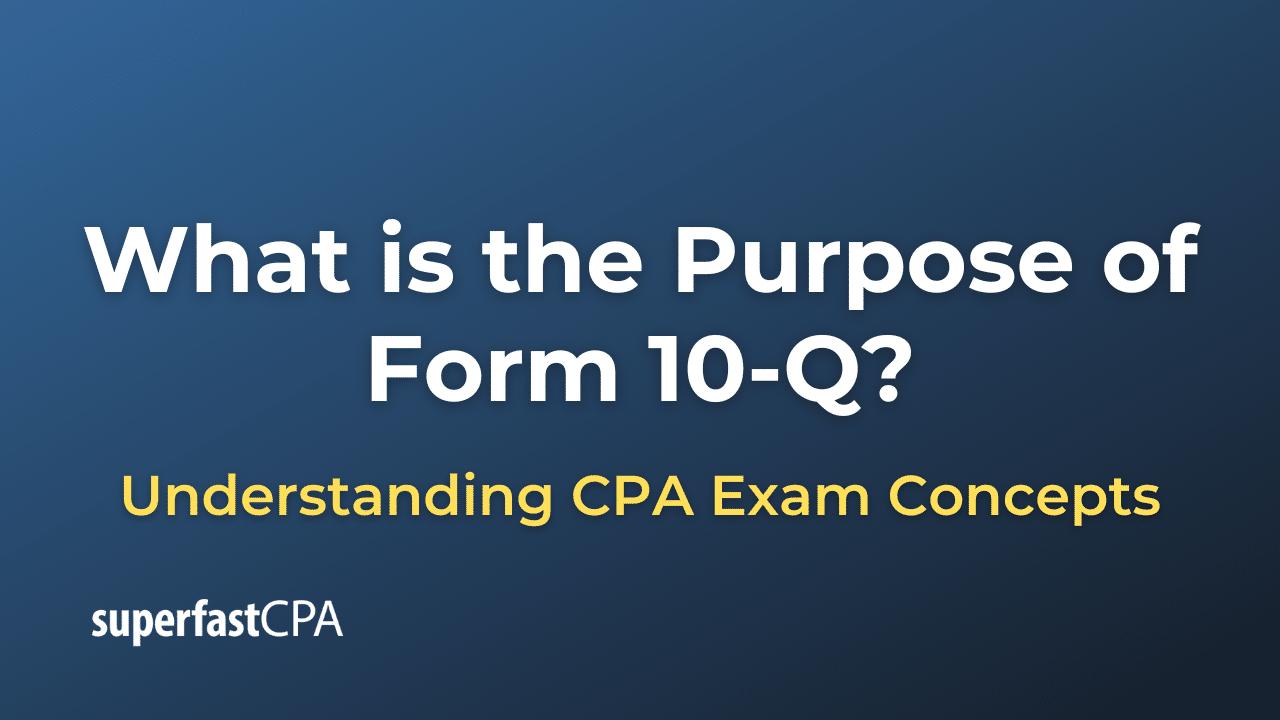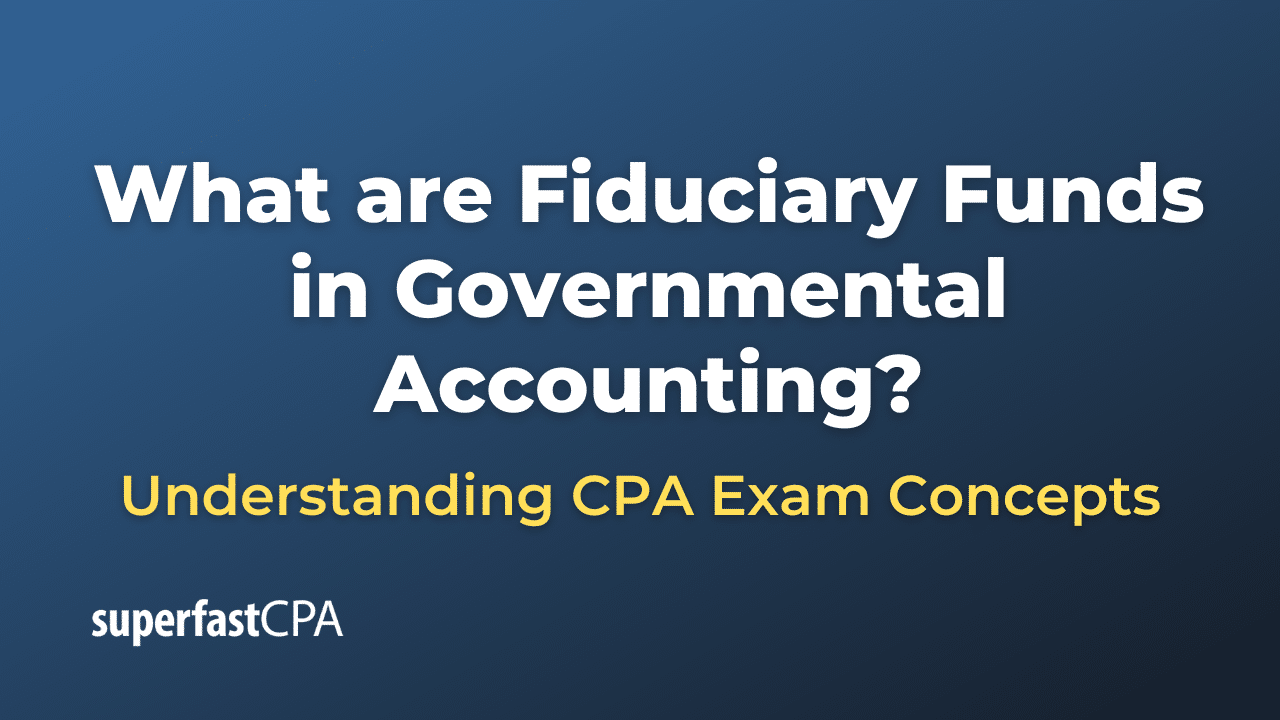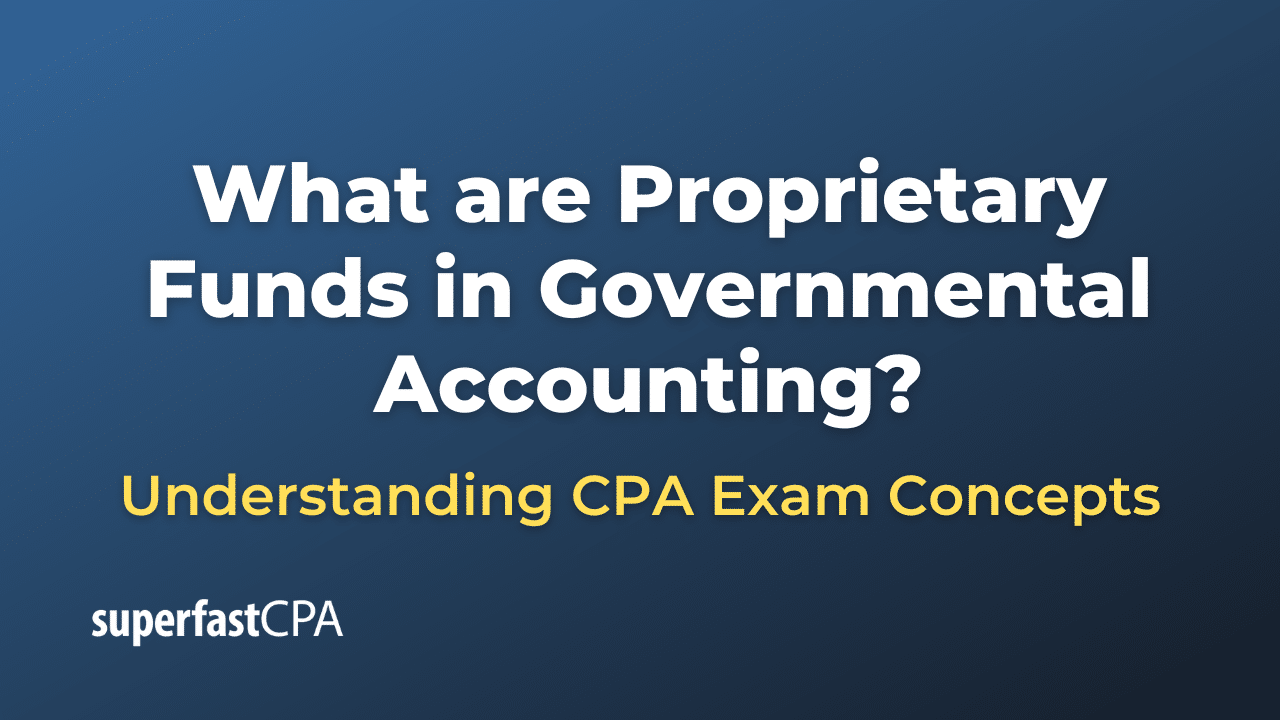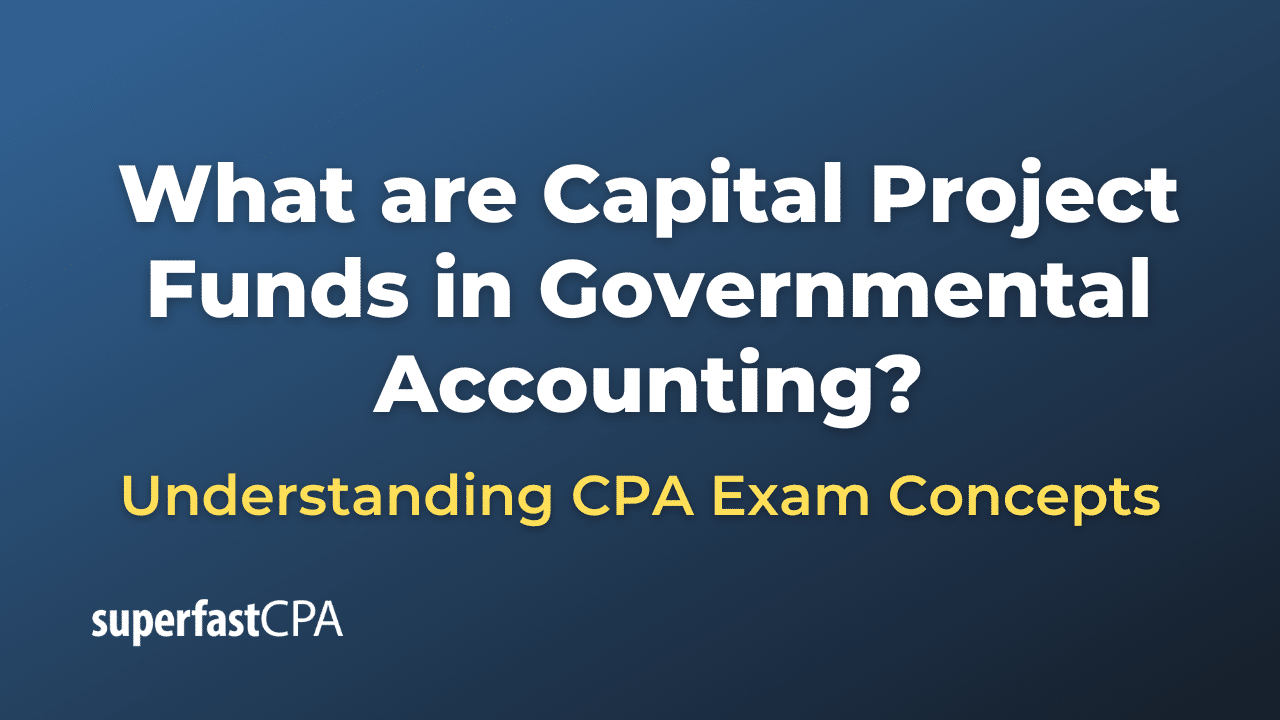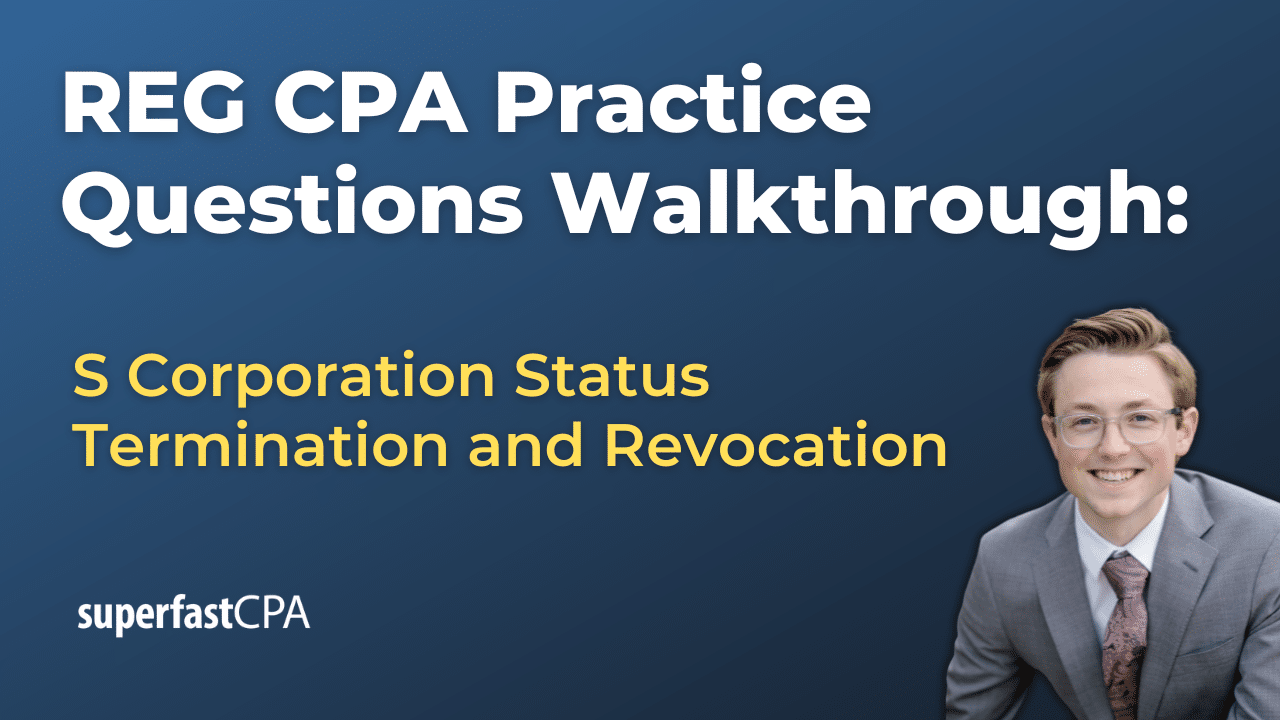Year-End
The term “year-end” in accounting refers to the end of an accounting period, typically a 12-month cycle, after which financial statements are prepared and published. Year-end is a crucial time for accountants, auditors, and financial analysts, as it is when a company closes its books for the year and summarizes its financial activities.
Year-end activities generally include a range of accounting tasks aimed at ensuring that the financial statements provide an accurate and complete picture of the company’s financial position and performance. These activities can involve reconciling accounts, making year-end adjustments, conducting inventories, and preparing financial statements like income statements, balance sheets, and cash flow statements.
Common Year-End Accounting Tasks:
- Bank Reconciliation: Verifying that the company’s internal cash records align with the statements provided by the bank.
- Inventory Count: Physically counting and valuing all inventory to ensure it matches the accounting records.
- Depreciation and Amortization: Calculating and recording the loss in value of assets over time.
- Receivables and Payables: Assessing the accounts receivable to confirm the amounts that are expected to be received and reviewing accounts payable for amounts owed to suppliers.
- Provisions and Accruals: Making adjustments for expenses that have been incurred but not yet paid, or for revenue that has been earned but not yet received.
- Financial Statements: Preparing the income statement, balance sheet, and cash flow statement, which summarize the financial activities for the year.
- Audit: If applicable, external auditors may review the financial statements to provide an opinion on their accuracy and completeness.
Year-End Dates:
- Calendar Year-End: Some companies use December 31st as their year-end to align with the calendar year.
- Fiscal Year-End: Other companies may have a year-end that is different from the calendar year-end, often based on industry practices or specific business cycles. For example, many retail companies use a year-end that falls in January to include the busy holiday season in their annual results.
- Tax Year-End: This might differ from the accounting year-end and is based on the requirements set by the tax authorities.
Year-end is not just a time for looking back and summarizing the past year’s financial activities; it’s also an opportunity for forward-looking planning and decision-making. Companies often use this time to assess their financial health, set budgets, and make strategic plans for the coming year.
Example of Year-End
Let’s walk through a simplified example to illustrate some of the key year-end accounting tasks and activities for a hypothetical small business—let’s call it “Happy Paws Pet Store.”
Happy Paws Pet Store is approaching its year-end on December 31. The store sells pet supplies and offers grooming services. Its accountant, Sarah, needs to close the books and prepare the financial statements for the year.
Key Year-End Tasks
- Bank Reconciliation: Sarah starts by matching the store’s internal records of cash transactions with the December bank statement to ensure they align. She finds a missing deposit of $200 and adjusts the books accordingly.
- Inventory Count: Sarah and the team count all the items in the store’s inventory. They find there are $5,000 worth of pet food, toys, and other supplies. Sarah updates the accounting records to reflect this.
- Depreciation: The store has grooming equipment initially costing $10,000 with a useful life of 10 years. Sarah calculates the annual depreciation as $1,000 and records it.
- Receivables and Payables: Sarah checks the accounts receivable and finds that customers owe $500 for grooming services. She also verifies that Happy Paws owes $300 to a supplier for pet food.
- Provisions and Accruals: Happy Paws has some utility bills amounting to $100 that won’t be paid until January. Sarah makes an accrual adjustment for this expense.
- Financial Statements: After all adjustments, Sarah prepares the following simplified financial statements:
- Income Statement: Revenue of $50,000, Expenses of $40,000, and Net Income of $10,000.
- Balance Sheet: Assets (Cash $5,000, Inventory $5,000, Equipment $9,000 after depreciation) totaling $19,000, and Liabilities (Accounts Payable $300, Utility Bill Accrual $100) totaling $400, with Equity of $18,600.
- Audit: Happy Paws is a small business and not publicly traded, so it doesn’t require a formal external audit. However, Sarah reviews the financial statements carefully to ensure their accuracy.
Forward-Looking Planning
After the year-end activities, Sarah meets with the store owner to discuss the financial health of the business and plan for the next year. They decide to expand the range of pet toys, given the strong sales in that category, and to run a promotional campaign in the first quarter to boost grooming service bookings.
By completing these year-end tasks, Sarah ensures that Happy Paws’ financial records are accurate, complete, and ready for the next accounting period. This process provides valuable insights into the store’s operations and aids in future planning.

